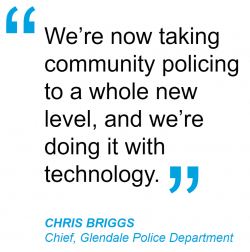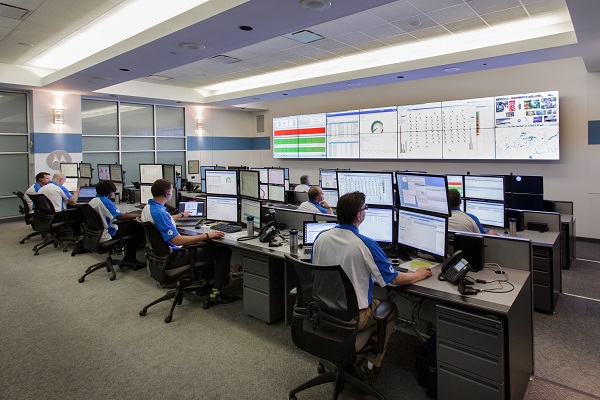 What would it mean if your dispatch software could automatically plot, center and zoom a 9-1-1 caller’s location on a map? What if location-based routing delivered the location with every call, today? How could operations and safety be improved if dispatchers had a real-time view of incidents as they unfold – even before first responders are at the scene?
What would it mean if your dispatch software could automatically plot, center and zoom a 9-1-1 caller’s location on a map? What if location-based routing delivered the location with every call, today? How could operations and safety be improved if dispatchers had a real-time view of incidents as they unfold – even before first responders are at the scene?
These are the kinds of questions public safety agencies are asking – and answering – as they transform how they operate to make sense of new data sources, address PSAP staffing shortages, and thwart cybersecurity threats. For many, it’s also been an evolutionary process of building transparency and engagement within the communities they serve. Agencies are looking to the Intelligent Command Center model as they develop and refine long-term operational and technology strategies. Throughout this year, we’ve shared our customers’ feedback and their successes in a series of blogs, podcasts and videos. If you haven’t had a chance to dive in, here’s a 2021 digest highlighting just a few of the most read, listened to, and watched customer stories:
The First Steps to Building Your Intelligent Command Center
What are these new data sources and how exactly are emergency communications centers modernizing the way they work? This blog takes a look at that question and includes a not-to-miss podcast featuring a discussion with the communications team at the Okaloosa County Sheriff’s Office in Florida. They recently integrated CommandCentral Citizen Input into their call center for incident response and management. Integrating community input means call records are now automatically bundled with accompanying visual content and stored in CommandCentral Evidence, giving Okaloosa County the evidence audit trail it needs.
Delivering Location with the Call ‒ Today
“9-1-1, What is the location of your emergency?”
When it comes to NG911 Emergency Call management, locating the caller is often the most challenging part of a telecommunicator’s job, and not knowing adds significant stress for the caller and the telecommunicator. Many agencies have been holding off on implementing NENA i3 NGCS end-state architecture. But in this blog and related NENA-sponsored webinar, you’ll learn how Prince George’s County, Maryland, has deployed location-based routing where the location is delivered with each of the 75,000 9-1-1 calls it averages each month.
Three Strategies for Data-Driven Incident Response
Beyond knowing the location of the 9-1-1 caller, agencies are embracing data-driven strategies more than ever for incident response and situational awareness. Many are turning to CommandCentral Aware as the engine that analyzes data from the sources they need, so teams have a comprehensive, consolidated view of events as they unfold. In this RTCC case study, find out how Arizona’s Glendale Police Department is using Aware in combination with license plate recognition (LPR) technology to build a public/private partnership through the City Watch program to speed response times and improve safety for all.
Community Engagement and Online Submissions
Along with private/public initiatives, agencies are also building engagement between the public and law enforcement with CommandCentral Community, a collection of software applications that provide a single platform for building communications, collaboration and transparency within communities served. Check out this video about how Baton Rouge is breaking down barriers between the police and community.
Related: find out how the pandemic has redefined expectations and changed attitudes about public safety technology in our recent global report, Consensus For Change.




